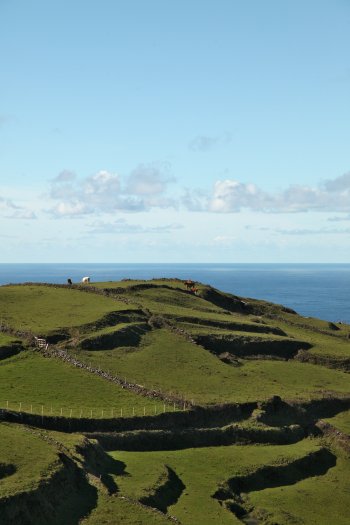Explore the best places
Country in Portugal
Paisagem Protegida do Lajido da Criação Velha
- country
Canada do Monte
9950-227, Madalena
The landscape of Pico Island's vineyard culture comprises the Lajido da Criação Velha and Lajido de Santa Luzia, occupying a total of 154 hectares. These sites are excellent representations of traditional architecture, landscape design, and natural elements, located on extensive lava fields. They are characterized by extreme richness and geological and scenic beauty. The diversity of fauna and flora present there is associated with an abundance of endemic, rare, and protected species and communities. Since 2004, the landscape of Pico Island's vineyard culture has been classified by UNESCO as a World Heritage Site.
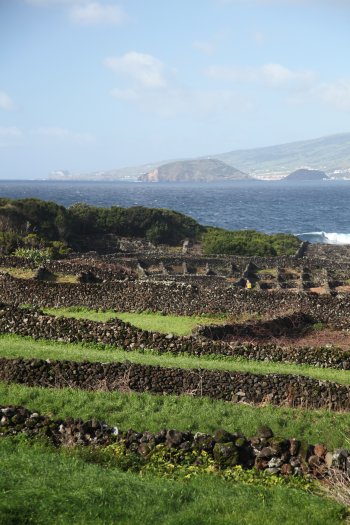
Percurso Pedestre de Gondramaz
- country
Gondramaz
3220, Vila Nova
A hiking trail that begins in Miranda do Corvo, passing through Gondramaz and the abandoned village of Cadaval. It covers approximately 7.5 kilometers and lasts between 2.5 and 3 hours. Along the way, in addition to the fauna and flora, you can delight in the charms of the preserved villages, all built of schist.
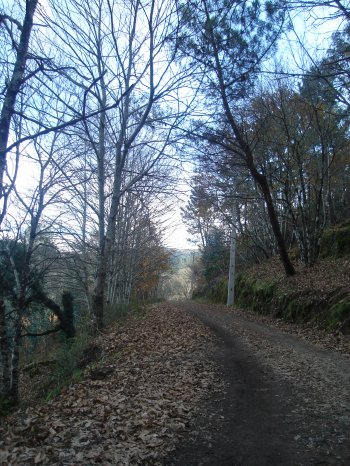
Fajã dos Padres
- country
Rua Padres António Dinis Henriques, 1
9300-261, Quinta Grande
A paradisiacal place, located in a cove at the bottom of the famous Cabo Girão cliff. Until 1998, access was only possible by boat, but now there's a modern glass elevator. There's a small resort here, including a restaurant, good beach and fishing facilities, and a few guest houses.
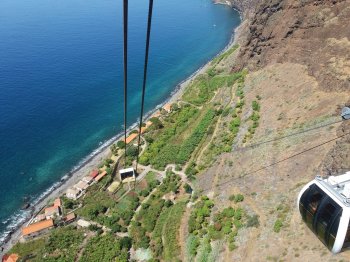
Reserva Botânica de Loendro Cambarinho
- country
Reserva Botânica de Loendro Cambarinho
3670, Cambarinho
This 24-hectare reserve aims to preserve the oleander species, one of the world's most beautiful and rare shrubs. Within its boundaries, scrubland predominates, but there are also pine forests, oak groves, agricultural areas, and marshes.
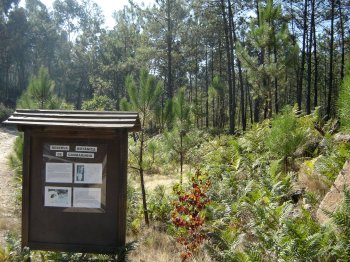
Paisagem Florestal da Serra Padrela
- country
Serra Padrela
5450, Bornes de Aguiar
Forested area of the mountains located south of Chaves, between Valpaços and Vila Pouca de Aguiar, belonging to the Ancient Massif of Trás-os-Montes and ten kilometers long.
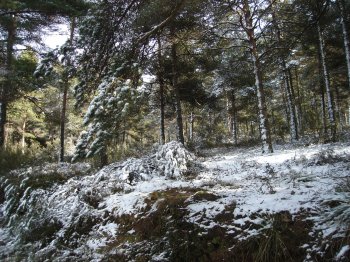
Ecopista do Corgo
- country
Rua do Noval, 2
5450-287, Telões
The Corgo Ecopista is the result of the restoration of the old railway line that connected Vila Pouca de Aguiar to Vila Real, which was decommissioned in 1990. It is a route that allows for walking, cycling, and horseback riding.
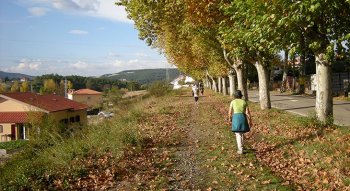
Serra da Padrela
- country
Serra da Padrela
5450, Vila Pouca de Aguiar
Located south of Chaves, between Valpaços and Vila Pouca de Aguiar, the mountain range is part of the Trás-os-Montes Ancient Massif and is 10 kilometers long. From the top, views over the entire region are enjoyed, with highlights including Oura, Vidago, and Vilarinho.
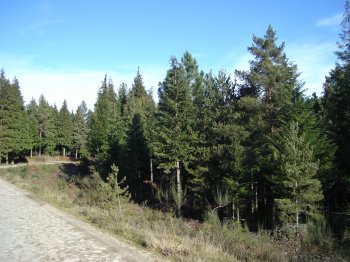
Serra do Alvão
- country
Serra do Alvão
5450, Pensalvos
Integrated into the Alvão Natural Park, it is located west of Vila Pouca de Aguiar, in the northern extension of the Marão mountain range. It reaches a maximum altitude of 1,330 meters at the Cravelas geodetic vertex. Previously known as the Eiró mountain range, the Alvão mountain range is now also known by other names, such as the Ordem mountain range or the Sabugueiro mountain range, depending on the town. Characterized by its granite massif and pronounced plateau appearance, it has been occupied by humans since ancient times, notably the abundance of dolmens. It offers spectacular landscapes and beautiful pine …
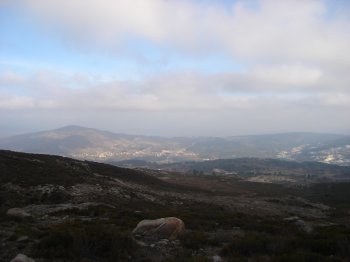
Reserva Natural da Baía de São Lourenço
- country
São Lourenço
9580-114, Vila do Porto
São Lourenço Bay, also known as the "Rising Sun" Bay, is a beautiful area surrounded by vineyards separated by meadows, with the blue sea as a backdrop. The lush green landscape and the blue ocean create a truly enchanting setting. The area covers approximately 113 hectares and has been designated a nature reserve since 1987. It is freely accessible to anyone who wishes to visit.
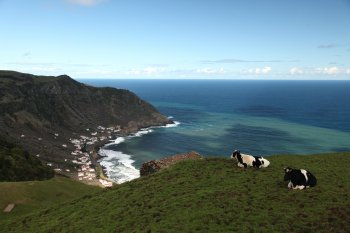
Barreiro da Faneca e Costa Norte
- country
São Pedro
9580-322, Vila do Porto
The North Coast is a protected landscape of regional interest, a vast expanse of green against a backdrop of blue skies. It also includes the Barreiro da Faneca area, known as the "Red Desert" for its undulating terrain formed by red clays.
